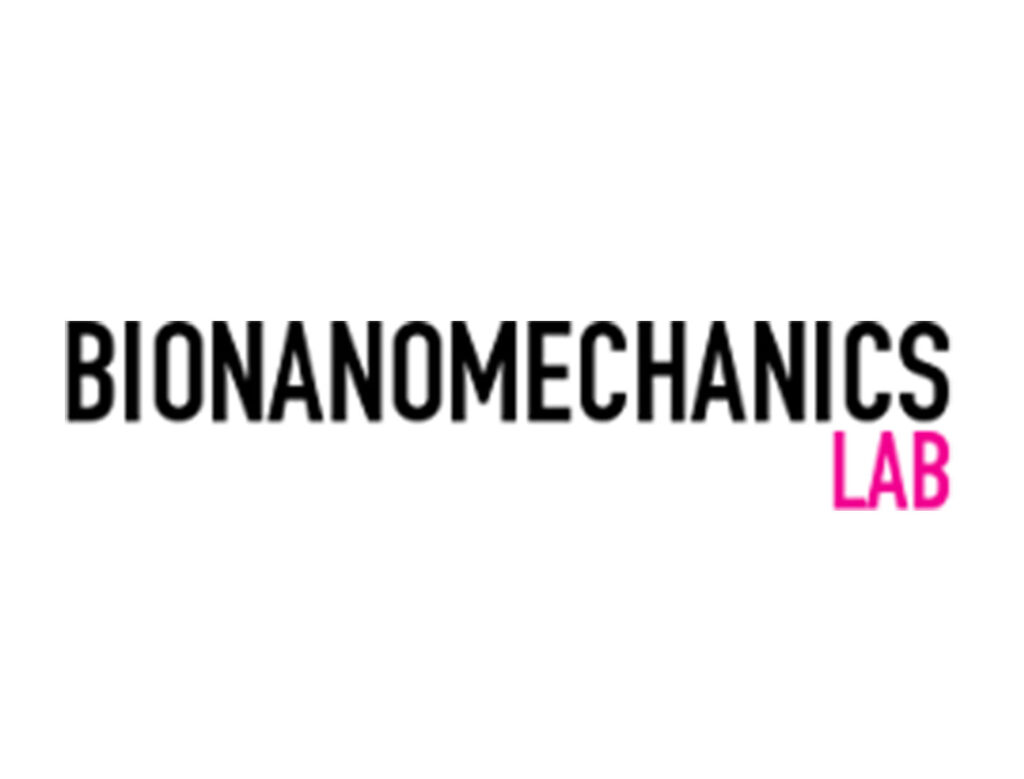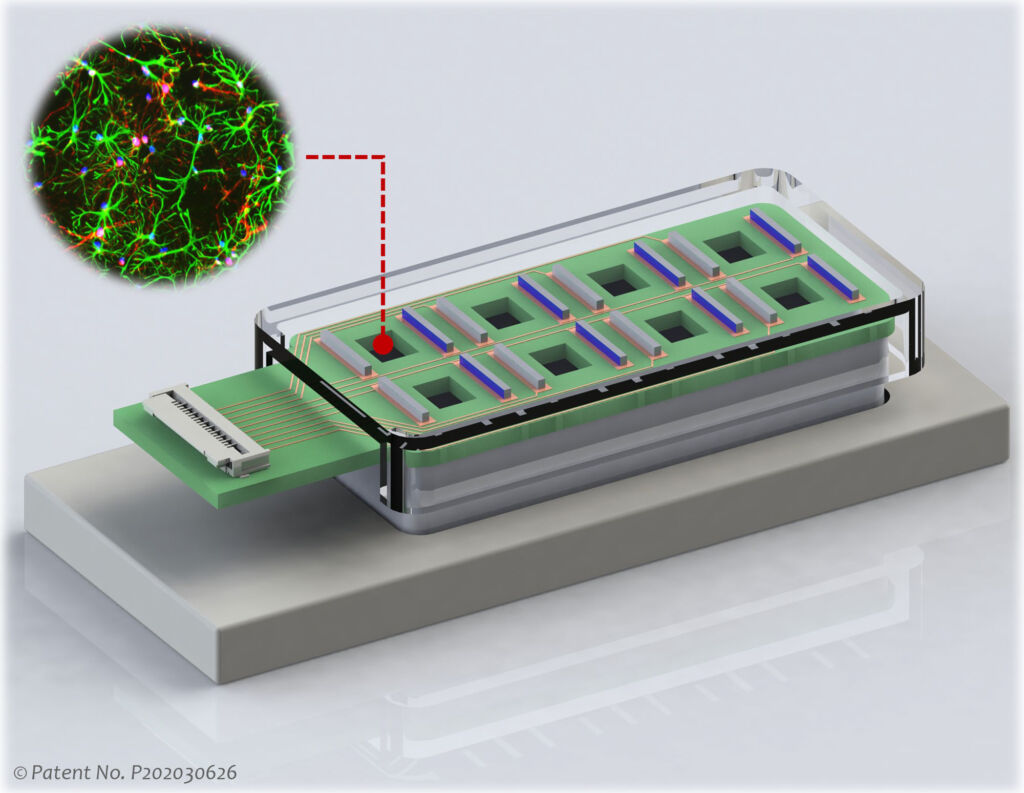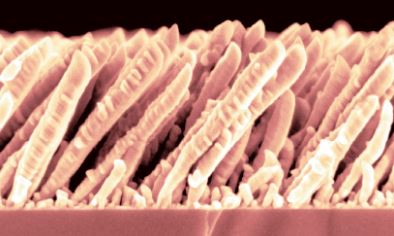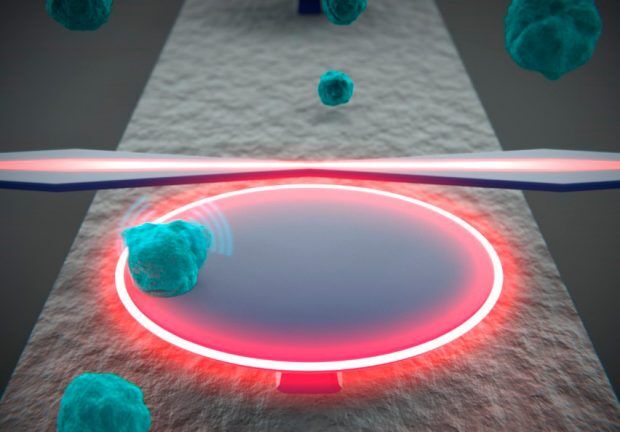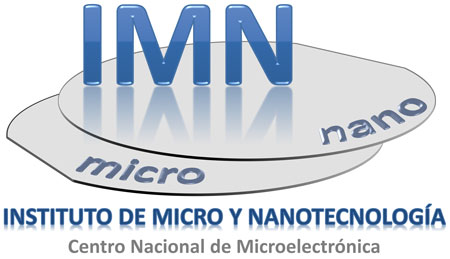HEALTH
Within nanotechnologies for health care, the main ambition of this line is to develop applications that provide missing medical solutions to diagnostic and/or therapeutic problems that are difficult to address with other approaches. The IMN focuses its activity on three areas: nanostructured surfaces for implant applications, nanomechanics and nanophotonics.
- Nanostructured surfaces for implant applications can be an alternative to antibiotics to tackle the problem of infection from the first stage by preventing biofilm formation. In addition, nanostructured biomaterials enhance the growth of eukaryotic cells. Obtaining both effects simultaneously, i.e., producing surfaces that exhibit opposite behavior with respect to cell and bacterial proliferation is a hot topic in nanomedicine where IMN is highly involved. It is also involved in the study of metallic nanoparticles obtained by green synthesis that have biocidal and anticarcinogenic properties, and in the development of biosensors for disease detection.
- Nanomechanics can be used in biomedical applications to detect bioanalytes and measure some of their properties (mass, elasticity, viscosity). Nanomechanical detection consists of taking advantage of the mechanical response (position, deflection, vibration, etc.) of engineered nanostructures (beams, disks, etc.) to the presence and mechanical properties of a given bioanalyte of interest, so that this response provides information about its concentration, properties or state. Given the mechanistic nature of many fundamental processes involved in disease biology, nanomechanics opens a unique pathway toward a better understanding of disease mechanisms leading to new targets for more specific and earlier diagnostic and therapeutic treatments.
- Nanophotonics exploits the unique interactions between light and matter when matter is structured at the nanoscale. Nanostructured metals provide the opportunity to engineer interactions between plasmon resonances and bioanalytes to develop various types of sensors. For example, because highly concentrated light near metallic nanostructures is sensitive to molecular dynamics, these nanostructures can function as sensors to understand the molecular-level biological processes involved in disease initiation or progression. In addition, with enhanced scattering and/or absorption cross sections, metal nanoparticles are extremely sensitive markers for immunoassays and molecular spectroscopy. Plasmonic sensing technology is therefore a major focus of research at IMN.
working in HEALTH


